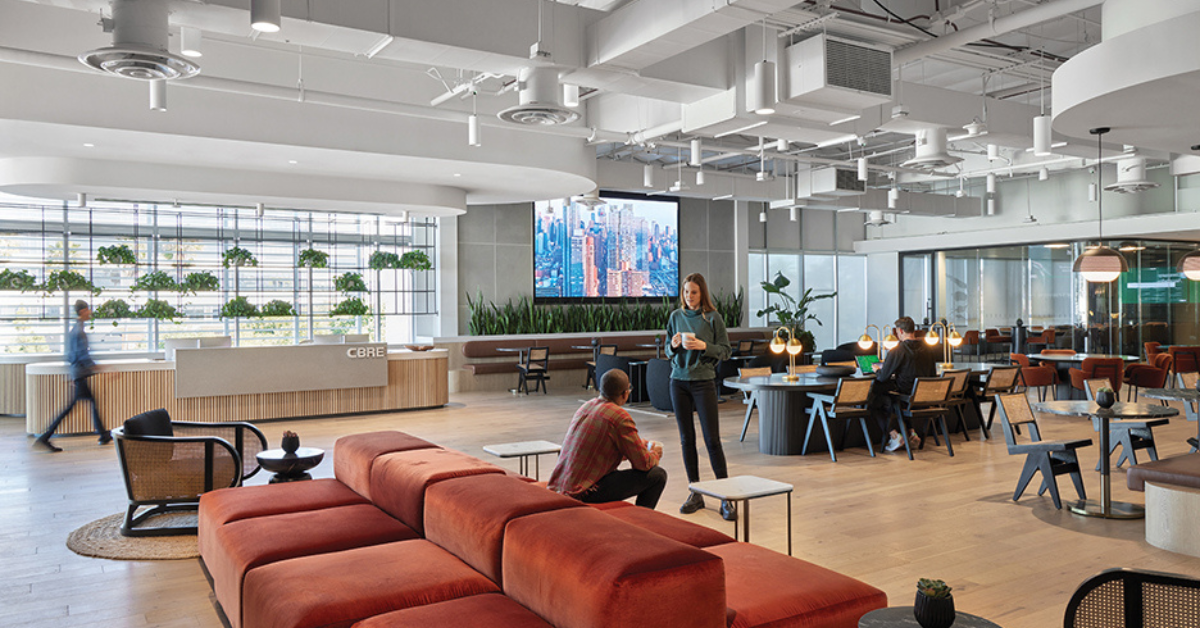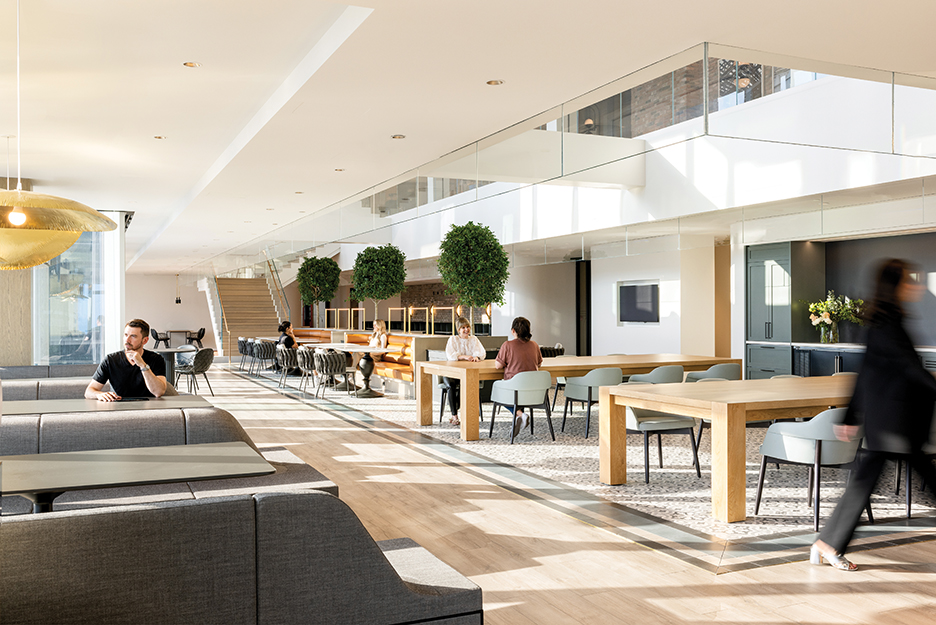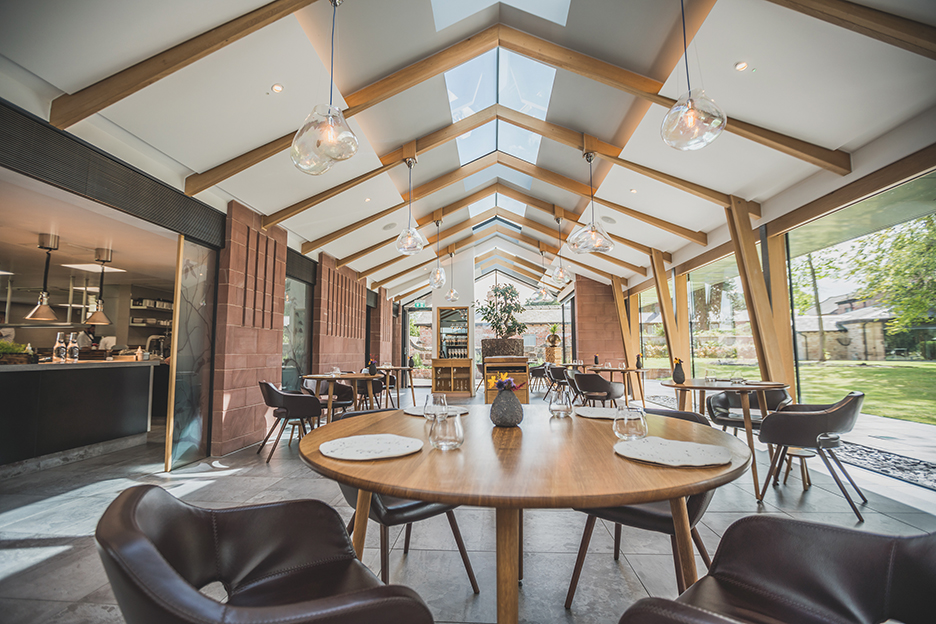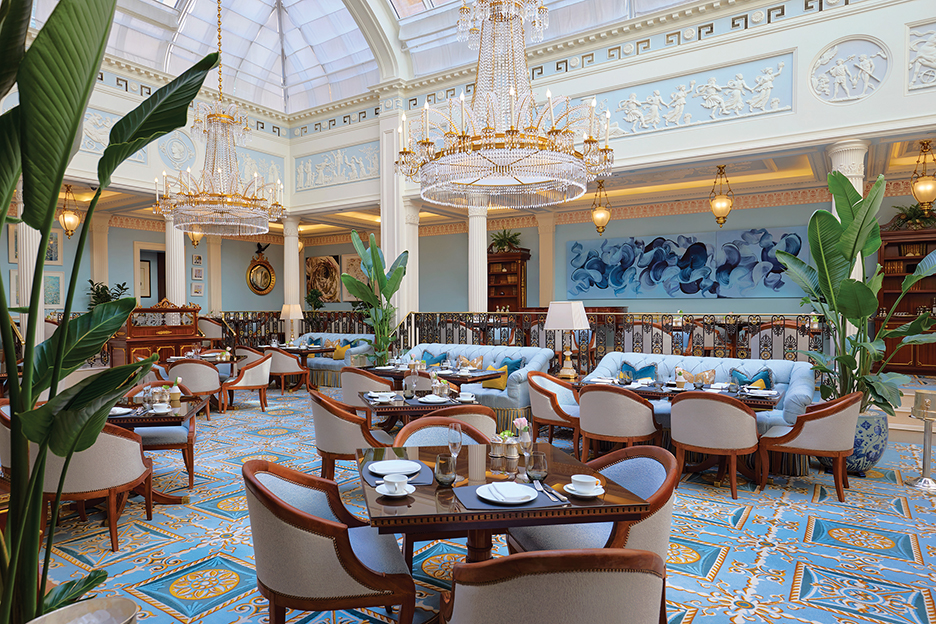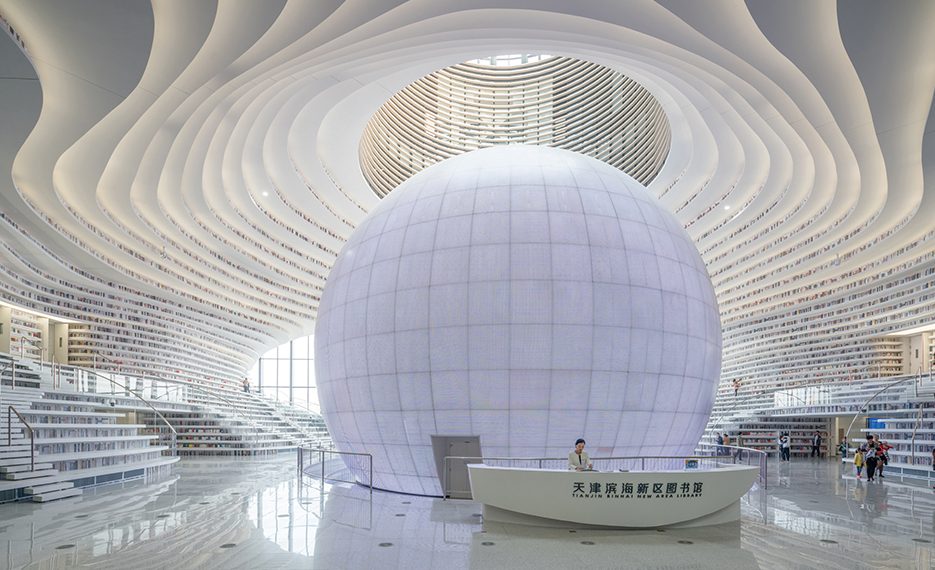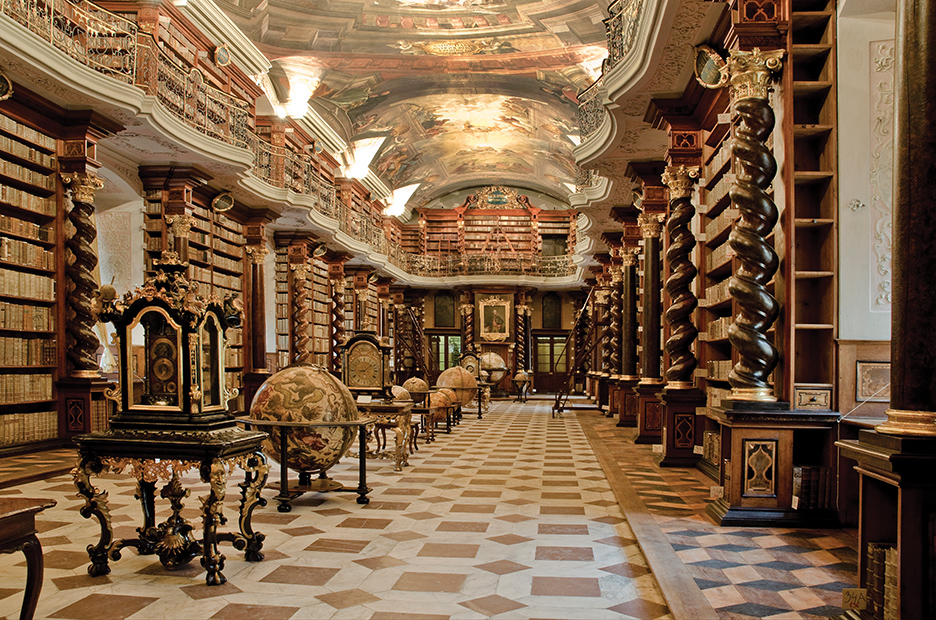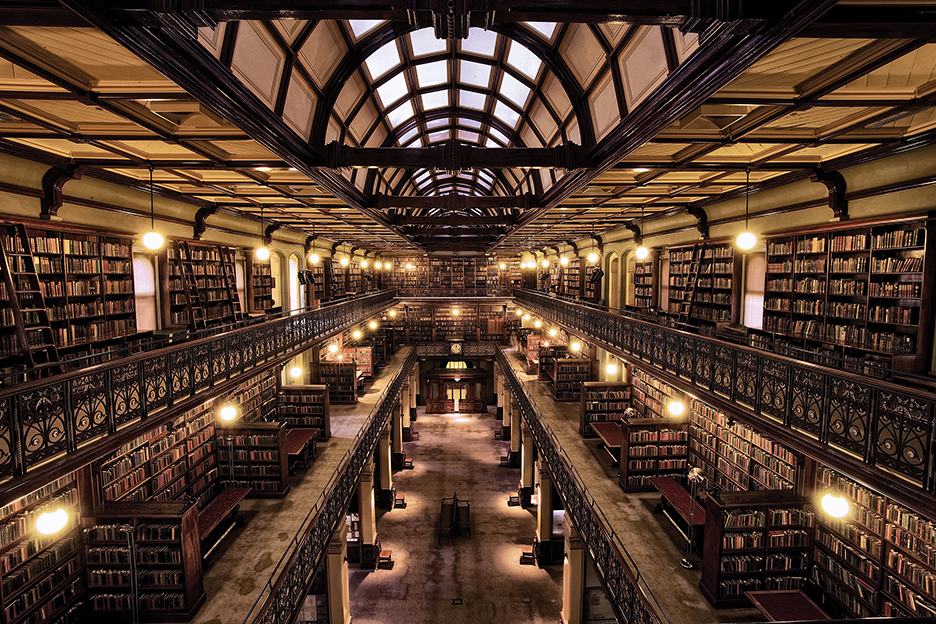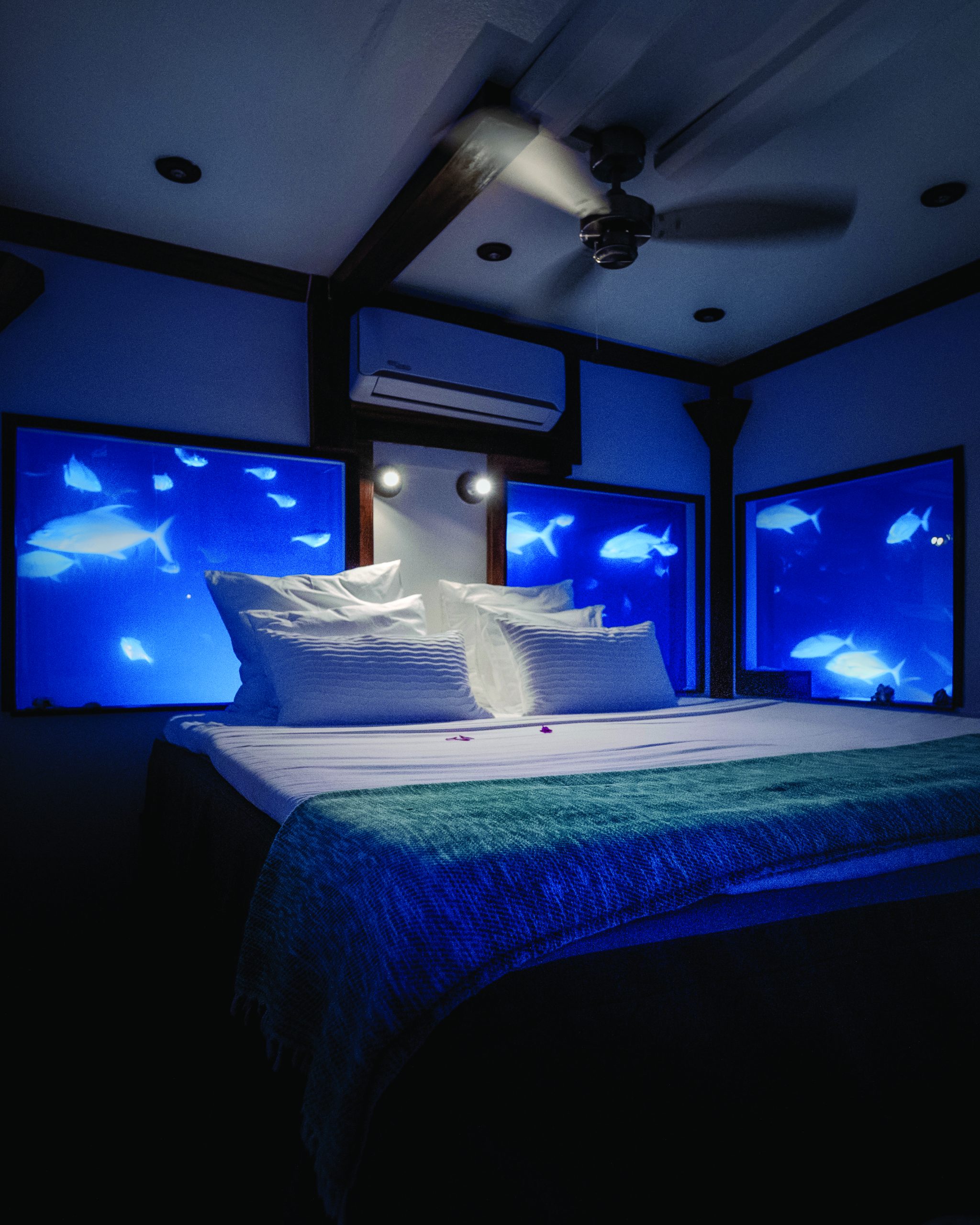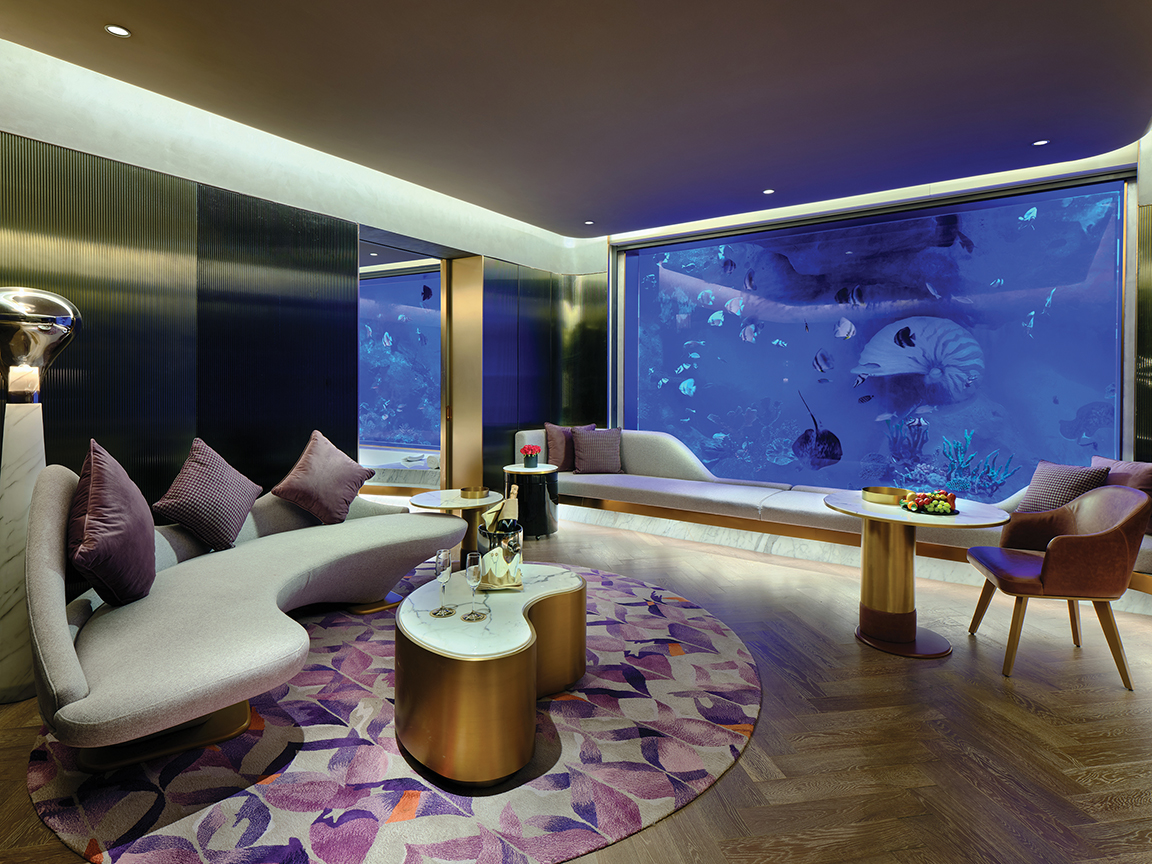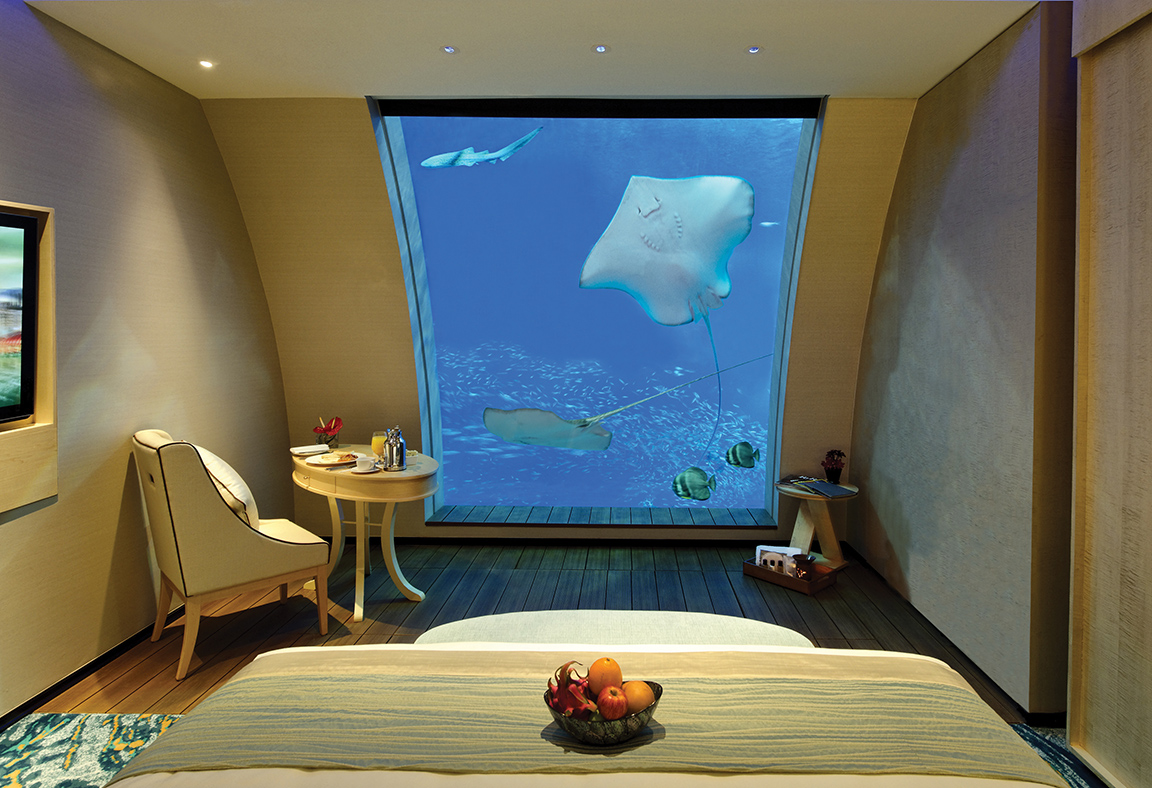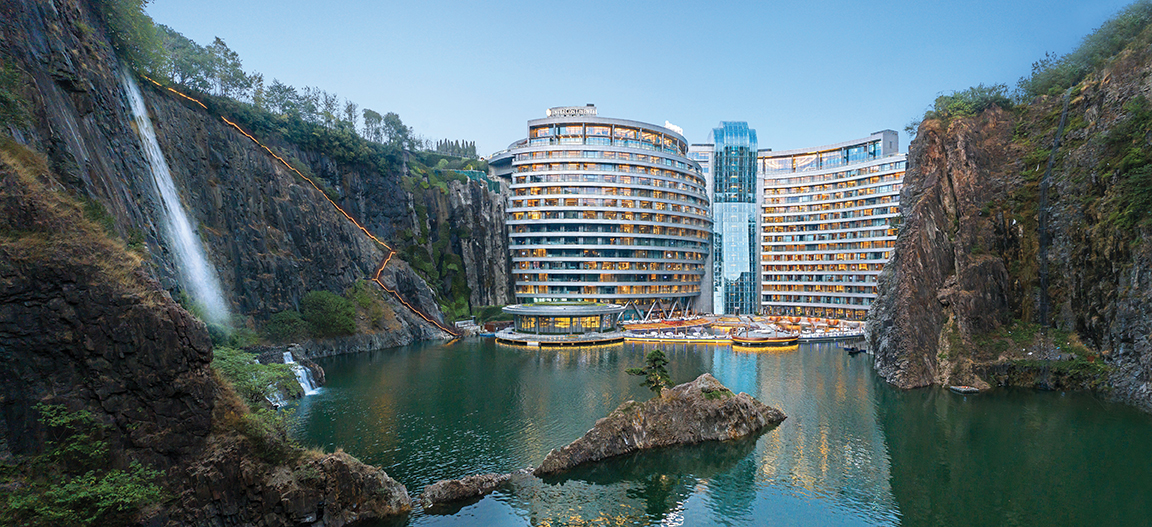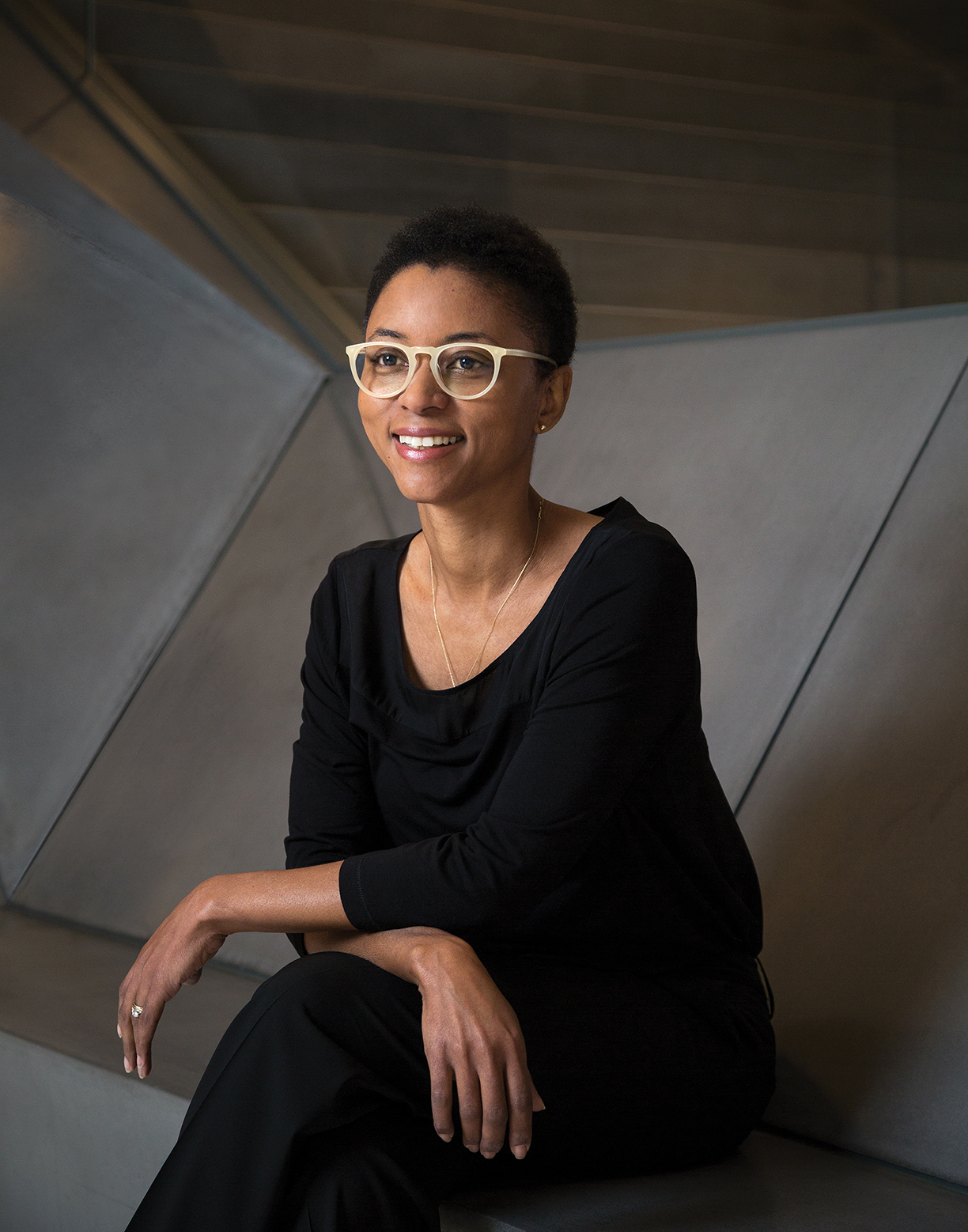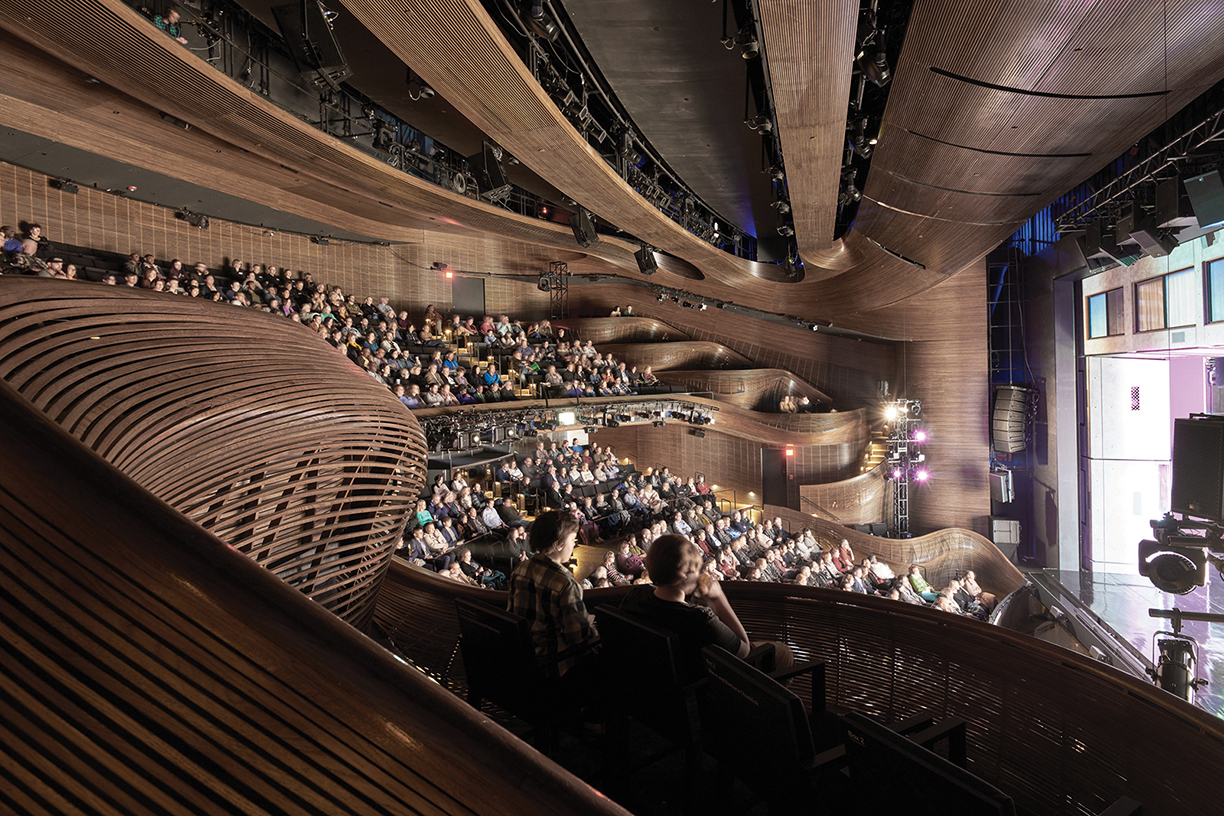Photo Courtesy of DBOX – Foster + Partners
Nothing in architecture generates as much drama and excitement as the skyscraper, whose designs reflect soaring ambitions.
As early as the 1890s, when the term was applied to architect Louis Sullivan’s 10-story marvels in Chicago, the skyscraper has represented the most ambitious achievement in the built environment. Now, with modern construction technology allowing for well over 100 stories, the skyscraper remains a seductive symbol of high aspiration, prosperity and urban romanticism. With the emergence of robust economies in the Middle East and Asia, there is currently a global explosion of extravagant “supertall” buildings.
The Council on Tall Buildings and Urban Habitat (CTBUH), which promotes sustainable and healthy cities through high-density development, defines a supertall as a high-rise reaching the height of 300 meters (984 feet). According to the organization’s database of the 100 tallest buildings in the world completed to date, China dominates, followed by the United Arab Emirates (UAE) and the U.S.
Architect, urban designer and educator Stefan Al—among his nine books are Supertall: How the World’s Tallest Buildings are Reshaping Our Cities and Our Lives—is a leading authority on the current proliferation of mind-boggling skyscrapers. Al, formerly associated with Kohn Pedersen Fox (KPF), an architectural firm with an impressive portfolio of supertalls, reports, “Iconic skyscraper forms reshape how cities are perceived, with expressive silhouettes almost becoming brand logos in the skylines.” Although rampant urbanization and surging land values are creating market pressure to build taller, Al states, “The race for the tallest towers is also one of nation- and city-branding, leveraging headline towers to sell surrounding real estate, like Burj Khalifa in Dubai.”
The most ambitious building under construction—one that will be the world’s tallest when completed in 2028—is the Jeddah Tower in Saudi Arabia. It will be the first to exceed one kilometer in height, more than twice that of the Empire State Building and easily surpassing current titleholder Burj Khalifa. The building was designed by Chicago’s Adrian Smith + Gordon Gill Architecture, whose design edged out other proposals in a competition. The firm has emerged as a preeminent specialist in supertall buildings, and the principals’ book Supertall Megatall: How High Can We Go? documents that skyward crusade. Partner Gordon Gill says of this genre, “At these heights, integrating structural ingenuity with architectural form is what makes these buildings so beautiful.” He adds, “It’s a shift in how people think and how they live, but when you’re up at that height, looking out across the planet, it’s an unbelievable experience.”

Photo courtesy of Courtesy of Adrian Smith + Gordon Gill Architecture
Dubai, a thriving architectural laboratory, has several supertalls currently under construction, including Six Senses Residences, a sleek tower branded with a major international hospitality company and rising 1,696 feet. When completed in 2028, the bronze-toned 122-story supertall, designed by the global architecture firm Woods Bagot, will become the world’s tallest residential structure. Close by, the world’s tallest hotel is scheduled to open later this year when InterContinental Hotels Group (IHG) debuts Ciel Dubai Marina as part of the company’s luxury Vignette Collection. Designed by NORR, the 82-floor property is a sleek glass tower with a dramatic cutout featuring the world’s highest infinity-edge pool.

Photo courtesy of Ciel Dubai Marina, Vignette Collection

Photo courtesy of Ciel Dubai Marina, Vignette Collection
While China and the UAE are outpacing the U.S.—where skyscraper culture first emerged—there is still notable activity stateside. Scheduled for completion this year is 270 Park Avenue in New York, the new global headquarters of JPMorgan Chase. Designed by London-based Foster + Partners, one of the world’s most celebrated firms, the $3 billion tower tops out at 1,388 feet, making it the sixth-tallest in Manhattan. Its relatively small site is maximized by expanding the building outward on a structural system of triangular stilts, providing an illusion of the building floating above the streetscape. At night, the building’s crown and perimeter columns will be decoratively illuminated, drawing attention to New York’s latest contribution to skyscraper history. Celebrity architect Norman Foster has lauded the building’s eco-friendly qualities, stating, “It does more with less—more public space, fresh air, light, and views—and less carbon through electric, green energy.”
Meanwhile, architectural firms headquartered steps from 270 Park Avenue are busy designing the latest supertall structures overseas. Among those are KPF, currently overseeing two of the tallest projects in China: the 97-story North Bund tower in Shanghai and 95-story Tianfu Supertall in Chengdu. North Bund is not only supertall—it will ultimately rise 1,575 feet and rank third in Shanghai—but is exceptionally graceful, a quality not applicable to all contemporary skyscrapers. The project, which sets new sustainability standards for Shanghai, will emit a subtle luminescence after dark. “The design draws inspiration from Shanghai’s remarkable energy and its vision for the future,” states KPF president and design principal James von Klemperer. He adds, “We sought to create a supertall that not only stands as a new landmark on the skyline, but also reflects Shanghai’s aspirations.” Andrew Klare, KPF director, says the Tianfu project was inspired by Chengdu’s dynamic evolution and its reputation as a cultural and creative capital. “Our design seeks to capture this spirit, drawing on the region’s natural beauty and cultural vibrancy to shape a tower that is both iconic and deeply rooted in its context,” he says of the slender, sculpted design.
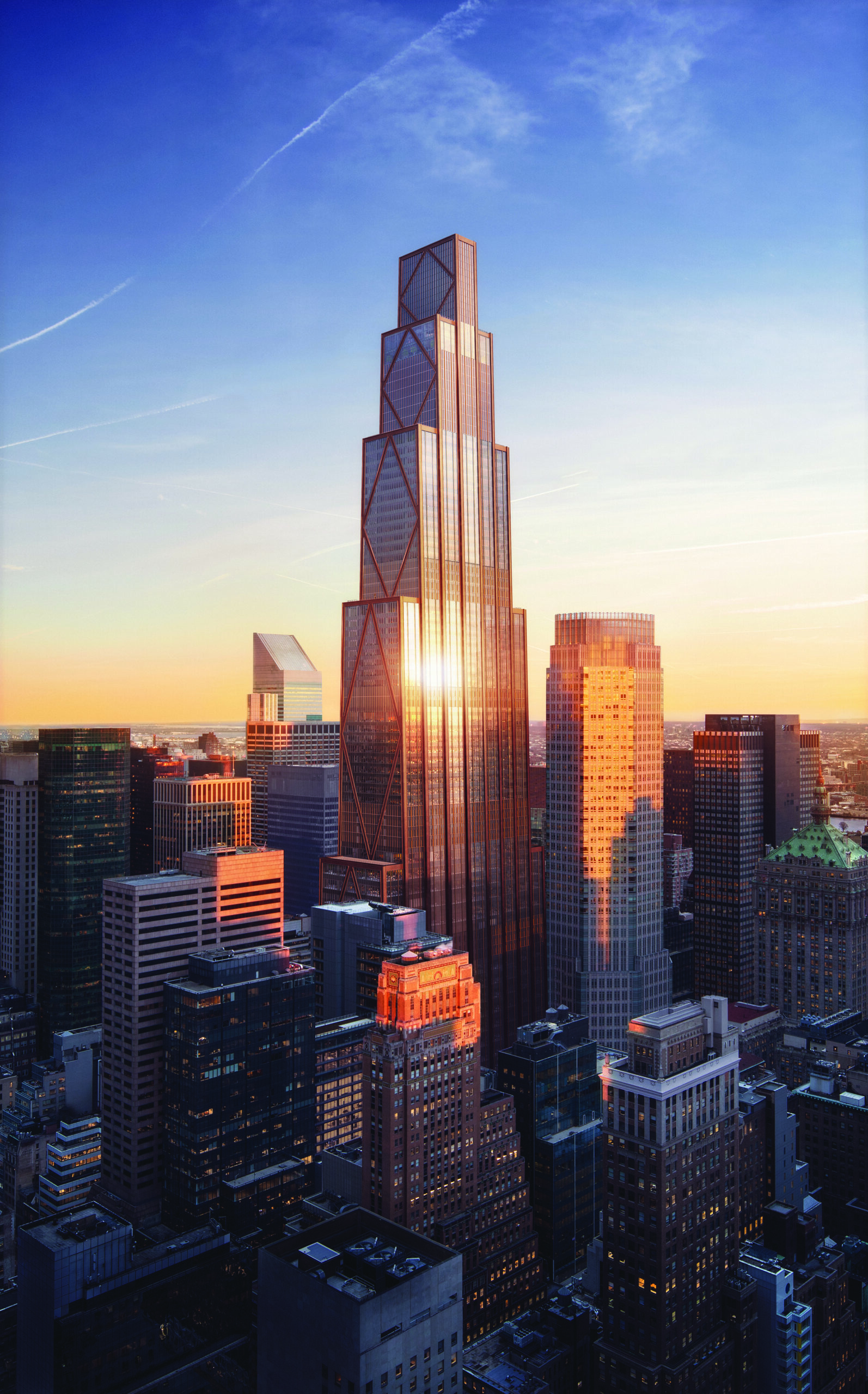
Photo courtesy of Courtesy of DBOX – Foster + Partners
Architects may provide the vision for supertalls, but engineers ensure that such towers are feasible, and many of the world’s highest-profile projects rely on the expertise of global engineering firm Thornton Tomasetti. A party to the world’s tallest building in 10 of the last 20 years, the firm’s current projects include Jeddah Tower, Shanghai’s North Bund tower and the forthcoming 134-story Legends Tower in Oklahoma City, which will be the tallest in the U.S. “Input from the engineer early in the design process is imperative…the taller the building is, the more important early guidance regarding engineering becomes,” reports Thornton Tomasetti senior principal Ola Johansson. Citing increased dependence on computers over the last 20 years, he explains, “Engineers now have sophisticated technical tools to build advanced and realistic models of the structures we’re designing.”

Photo courtesy of KPF
In 1956, Frank Lloyd Wright unveiled the design for a mile-high, 528-story building in Chicago, a fantastical endeavor at the time. According to structural engineer Johansson, this is no longer purely hypothetical, but that the cost would be prohibitive. Noting that the highest towers in the U.S. range from 1,000-1,500 feet, the engineer states, “This has become the practical height set by economics rather than technical limits, as we clearly can build much taller.” Suggesting an emerging golden age of high-rise design, author Stefan Al reports, “I’m encouraged by a new generation of skyscrapers that are architecturally interesting, with architects experimenting with new forms, layouts and façades.”
















